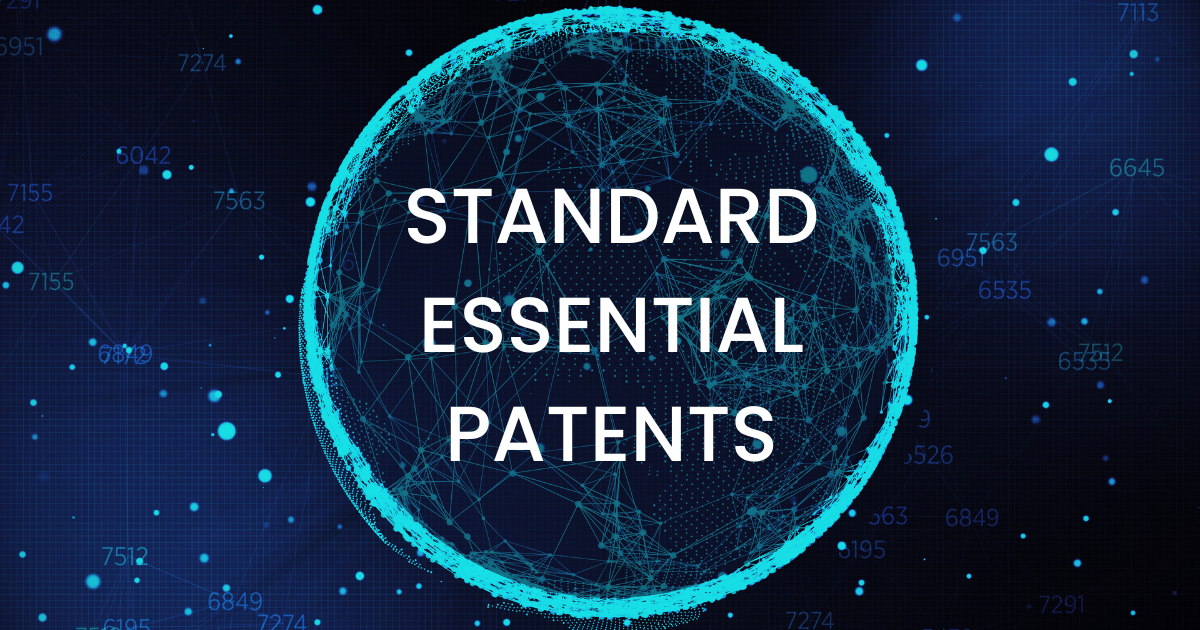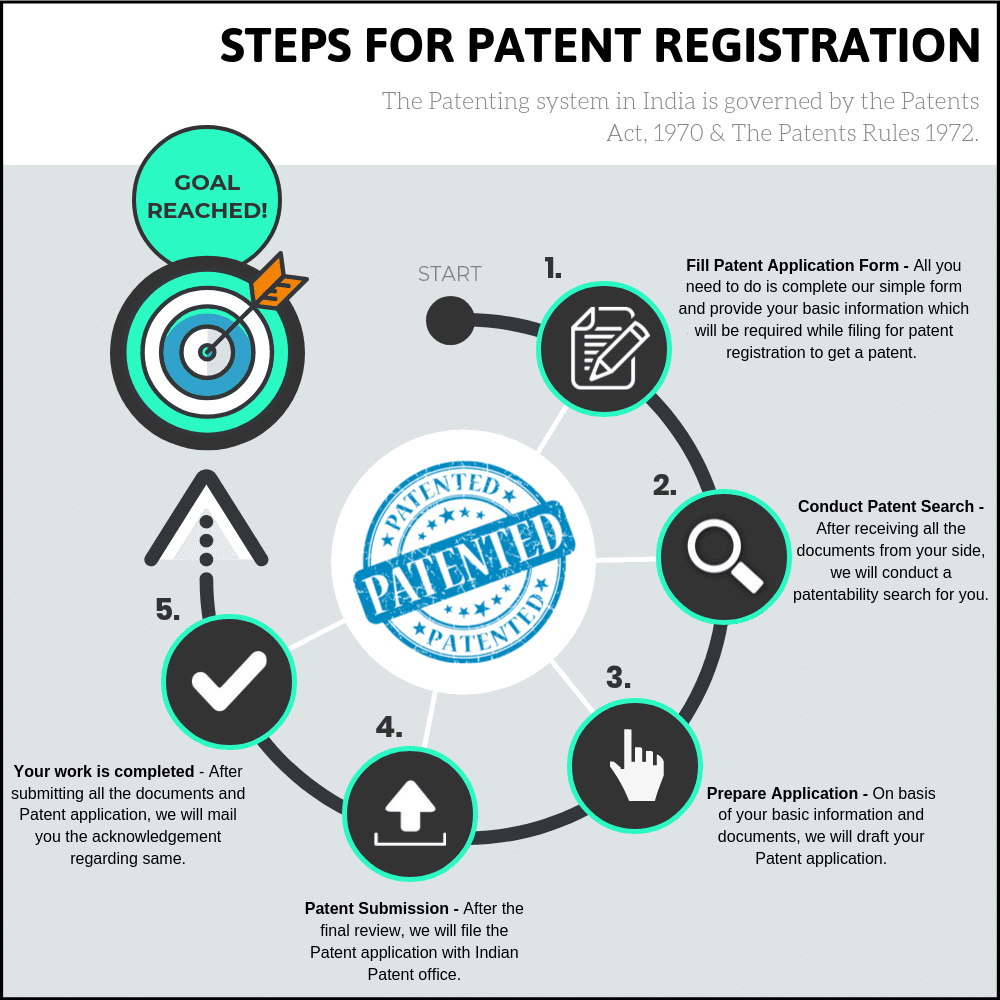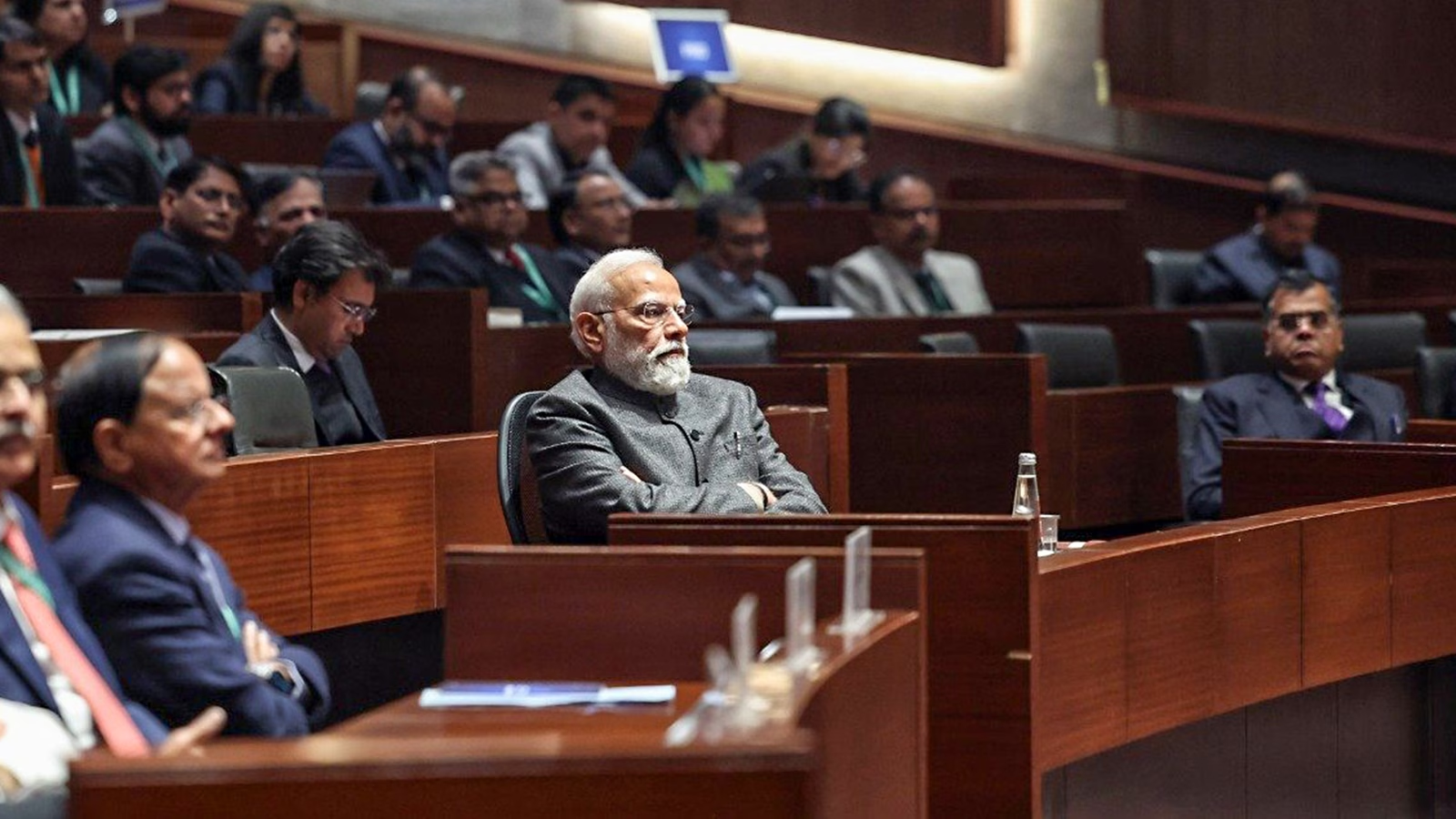





Copyright infringement not intended
Picture Courtesy: https://patentskart.com/how-standard-essential-patents-seps-are-used-to-protect-innovation/
Context: A potential crisis is emerging in India over how certain technology corporations use 'standard essential patents' (SEPs) against the telecom manufacturing sector, affecting India's efforts to develop a domestic cellular phone manufacturing business.
About Standard Essential Patents (SEPs)
|
Patents that are essential to a standard and have been adopted by a Standard Setting Organization (SSO) are known as SEPs. These patents are crucial for implementing the standard and ensuring interoperability among products and services in a particular industry. When a patent is designated as a SEP by an SSO, manufacturers must acquire a license under the SEP to produce goods that comply with the standard. |
Patent
|
Indian Patent Office ●The Office of the Controller General of Patents, Designs, and Trade Marks (CGPDTM), commonly referred to as the Indian Patent Office, operates under the Department for Promotion of Industry and Internal Trade (DPIIT). It is responsible for administering and implementing the Indian laws related to patents, designs, and trademarks. ●The Indian Patent Office grants and administers patents for inventions based on the Indian Patents Act, 1970. Patents protect new and inventive products or processes, granting exclusive rights to the inventor for a limited period. ●The office deals with the registration and protection of industrial designs under the Designs Act, 2000. Industrial designs refer to the aesthetic aspects of articles or products, and registration provides exclusive rights to use the design. ●It oversees the registration and protection of trademarks and service marks under the Trade Marks Act, 1999. Trademarks are distinctive signs (like logos or words) used to identify and distinguish goods or services of one party from others. |
Key points about patents

Conclusion
Must Read Articles:
Source:
|
PRACTICE QUESTION Q. While patents grant inventors exclusive rights, excessive patenting can stifle competition. Discuss the potential for anti-competitive practices arising from the Indian patent system, and how these concerns can be balanced with the need to promote innovation. |







© 2026 iasgyan. All right reserved